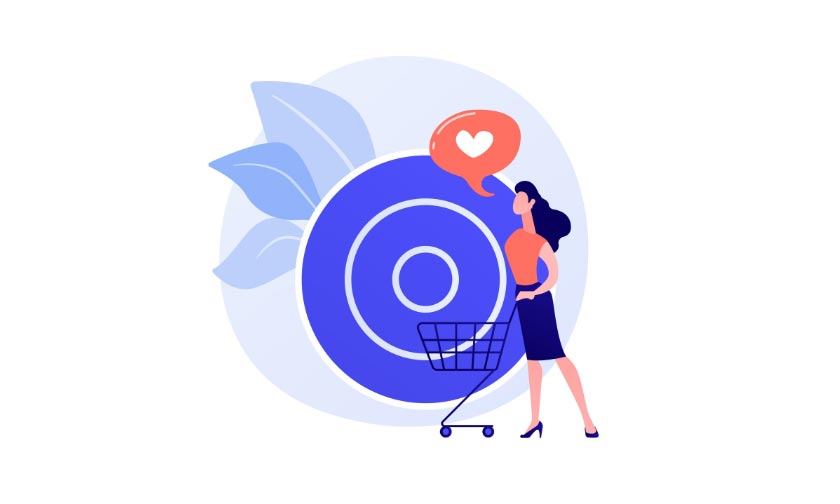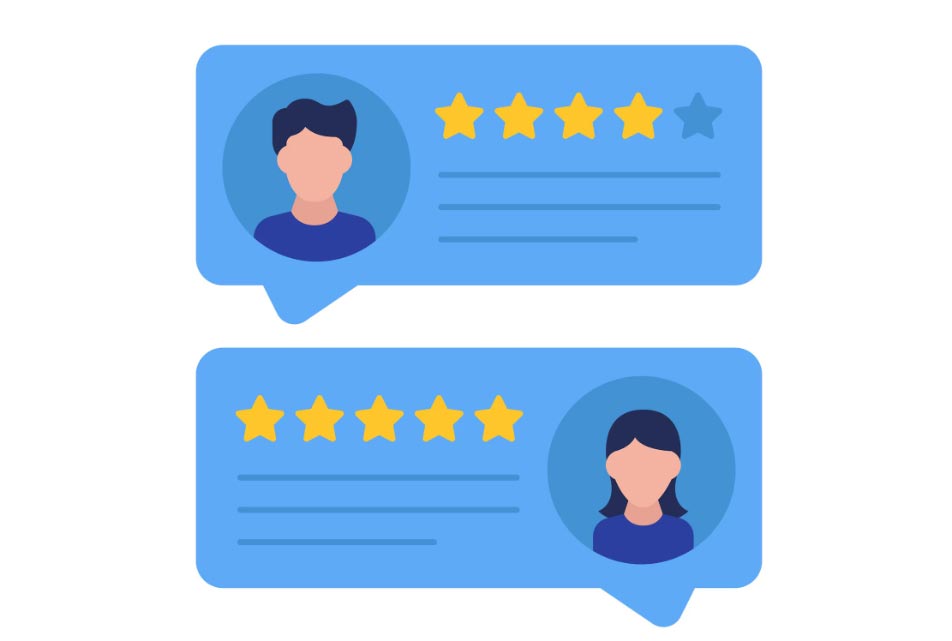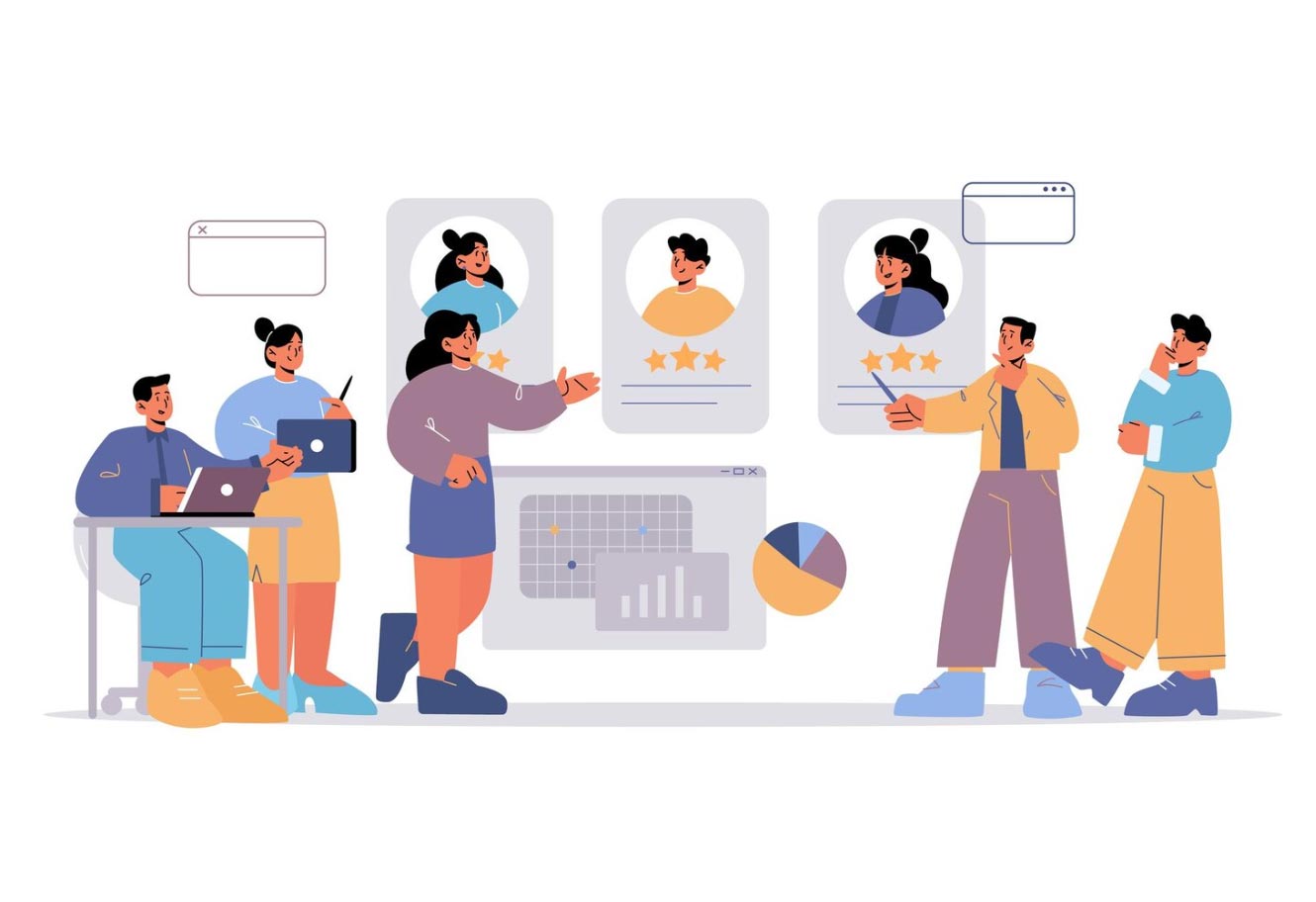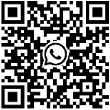 Trade Data Provider
Trade Data Provider
 2025-06-05
2025-06-05
Is Customs Data Really That Useful for Finding Clients in 2025? Here's What You Should Know
Lately, I've been getting this question from a lot of new exporters:
“Is it hard to find clients using customs data?”
Honestly, it's like using a map—having one is great, but you need to know how to read it.
So today, let’s break down the four major pain points of using customs data to develop clients—and most importantly, how to solve them in 2025.
1. Is Customs Data Reliable? How Do You Know If It's Real or Fake?
Not all platforms are created equal. Some offer outdated spreadsheets, with incorrect or missing company names. Even worse, many databases are filled with freight forwarders or trading companies instead of real buyers—so you might be contacting the wrong people altogether.
My practical tips:
Check the data source: A trustworthy platform will clearly state where its data comes from. For example, [Tendata Customs Intelligence] sources directly from official customs authorities in over 100 countries. As of today (June 5, 2025), their data is already updated through June 3, 2025.
Cross-check companies: Search the company name on Google with terms like “scam” or “review,” and check their presence on LinkedIn. Are they active? Do employee numbers look legit?
>>>> Ask for a free demo: Reliable platforms usually offer demos. Tendata's “Data Cleaning” feature, for instance, automatically filters out freight agents and incomplete records—leaving you only with real buyers.
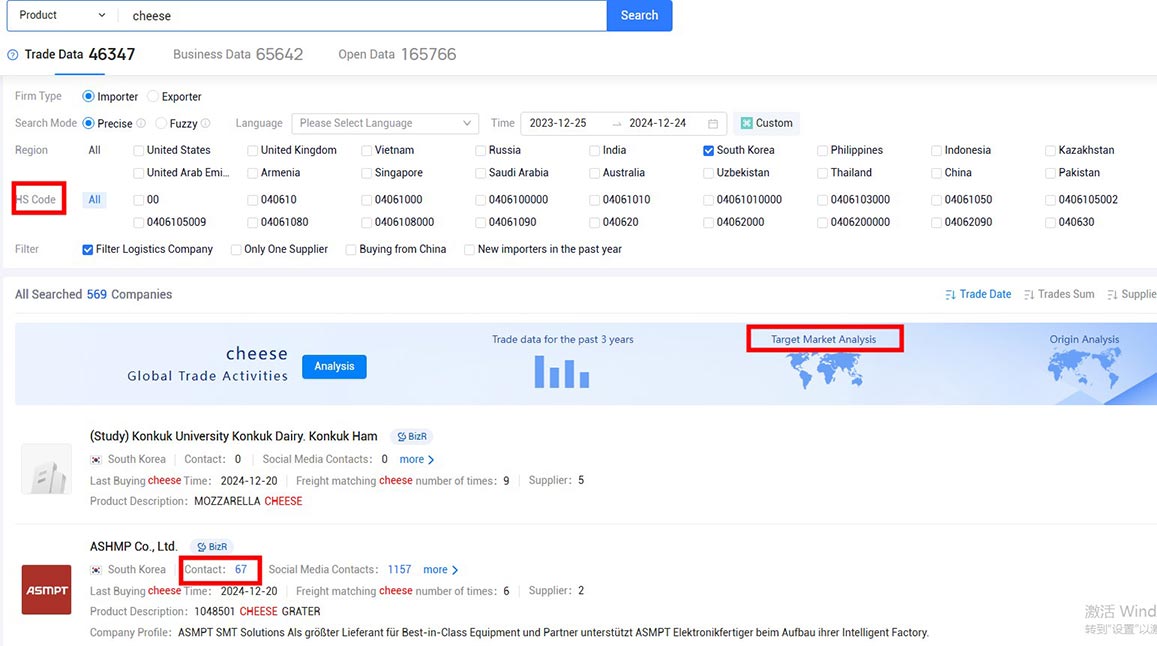
2. Is Historical Data Still Useful?
Some people assume that data from 2–3 years ago is outdated. In reality, long-term repeat buyers are often your most stable clients.
For example, a German company that’s been importing auto parts for five straight years? That’s the kind of partner worth chasing.
My practical tips:
Identify repeat buyers: Tendata's “Market Insight” tool lets you filter for companies with consistent purchasing behavior.
Analyze pricing trends: A steady drop in a buyer’s import price could mean they’re looking for a new supplier. If you time it right, your pitch could hit the mark.
Compare historical and current data: Cross-reference historical import volumes with 2025 trends. For example, if a Southeast Asian country saw a 120% rise in solar panel imports in 2024, it’s likely to be a hot market this year.

3. What If the Data is Incomplete?
Customs records typically include the company name, HS code, value, and date—but no contact info. So how do you reach out?
My practical tips:
Do a company background check: Search “company name + official website” on Google or look them up on LinkedIn to find key personnel.
For instance, I once used this method to track down the purchasing manager of a Brazilian company that showed up in customs data.
Leverage supply chain links: Check who their suppliers are. If a client has long sourced from a well-known German manufacturer, position yourself as a cost-effective alternative—and you may win the deal.

4. No Contact Details? No Problem
Yes, customs data is essentially a shipment record—and around 80% of the time, there’s no contact info.
But here's the good news: platforms like Tendata V5.0 offer built-in contact databases.
Just click the “Contacts” tab, and you'll see a list of decision-makers—purchasing managers, executives, etc.—with emails, phone numbers, LinkedIn, and even Facebook profiles.
What's more, it integrates with major social media platforms, helping you connect faster and more effectively.

Final Thoughts
Great salespeople don't just look for clients in data—they look for opportunities.
Used the right way, customs data isn't just a list—it's a goldmine of strategic insights.
What platforms have you tried? What pitfalls did you encounter?
Let's share experiences in the comments and learn from each other's real-world practices.
Category
Leave Message for Demo Request or Questions


 T-info
T-info T-discovery
T-discovery

 My
Tendata
My
Tendata Market Analysis
Market Analysis Customer
Development
Customer
Development Competitor
Monitoring
Competitor
Monitoring Customer Relationship
Customer Relationship




